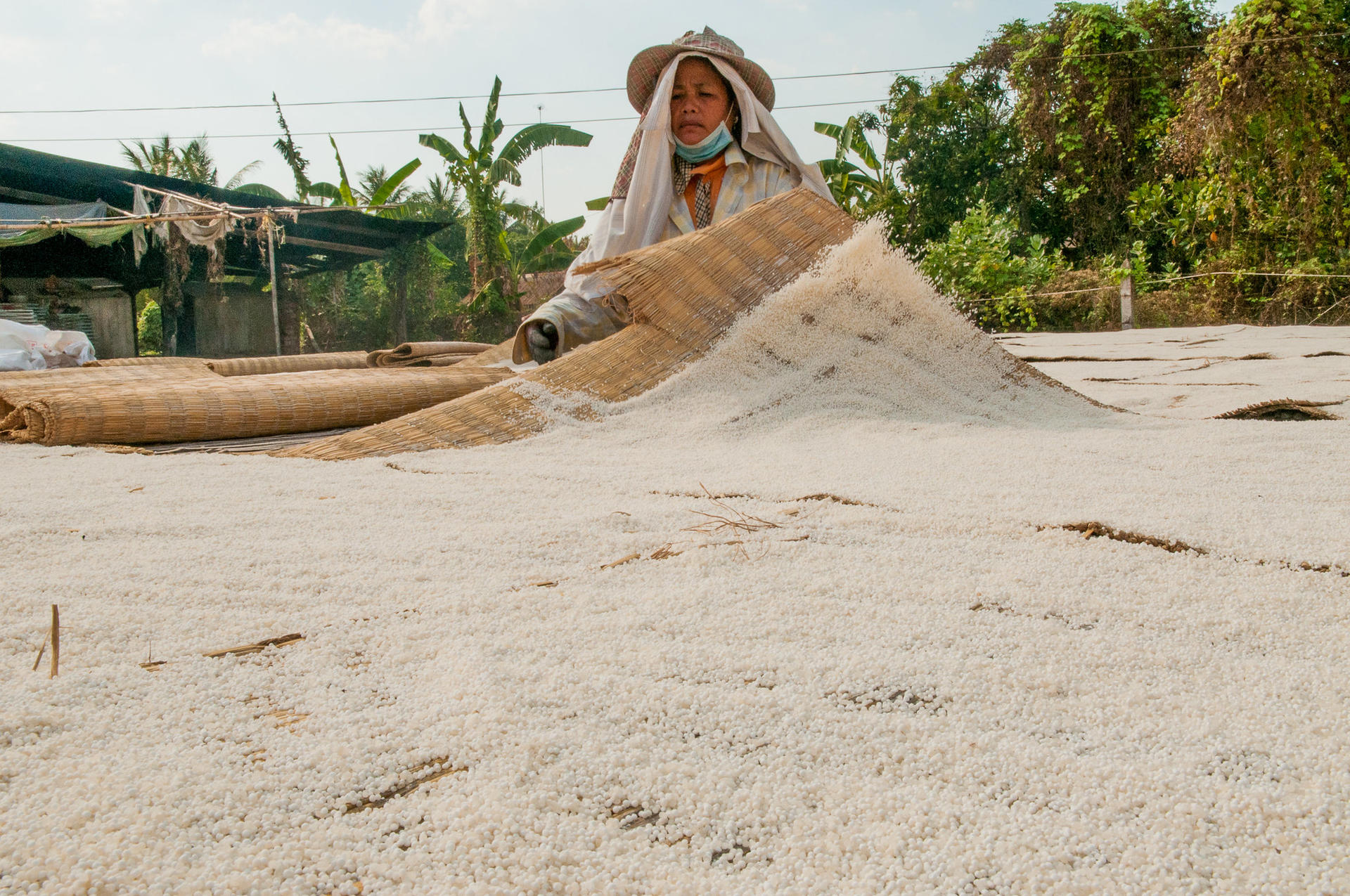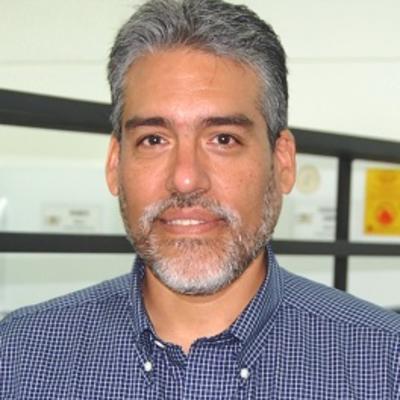2020 Annual Report Cassava: a crop for all reasons

Whether it’s food security, mitigating climate change, helping people out of poverty, or building a global industry, cassava can do almost everything. We believe it can do even more.

Luis Augusto Becerra
Cassava Program LeaderTropical crops are generally for subsistence farming or commoditized production. Sometimes they can be both (see maize). But few have such a wide range of uses as cassava, an ancient staple from South America that is also a multibillion-dollar industrial crop in Asia. Recently, cassava has gained increased global attention for its ability to protect against soil erosion, produce under climate change, and even contribute to peacebuilding, as Alliance researchers discussed last year.
In my decades at the CGIAR’s global cassava program, I’ve had a front-row seat as cassava has grown from an “orphan” crop to an international success story. Just last year, in addition to the examples mentioned above, the cassava program collaborated on several noteworthy accomplishments.
On the cutting-edge technology side, we invested in deep genome sequencing and diagnostics, which increases our ability to fight crop diseases. On the basic research side, we found new local sources of cassava mosaic disease (CMD) resistance in Asia. We also launched a digital DNA fingerprinting library to accelerate accurate varietal identification, which is key to many of our success stories.

Just like my colleagues at the Alliance have discussed in this report – in rice, genetics and virology, for example – science is moving faster and more efficiently than ever. Our program executed some USD 7 million in 2020, and, after doing an analysis of scientific productivity vs. investment, we found that we are fourfold as productive as we were just a few decades ago. (Imagine that we have the same number of PhDs working with us now as we did in the 1990s!)
As we finalize, in 2021, our 10-year plan for cassava in the context of One CGIAR, we are defining new avenues of research that we have yet to explore. Can we take better advantage of the high nutritional potential of cassava plant leaves, an atypical menu item? Can we expand the industrial potential of cassava to Latin America and Africa? Can we further improve food security with cassava as a staple crop? Can we use cassava to restore degraded soils for sustainably intensive agriculture?
There is much to be done and the CGIAR must not forget its roots…no pun intended! Despite its potential, cassava is generally a poorly funded crop at national levels. Large organizations such as the CGIAR are uniquely positioned to provide the funding, expertise and cross-border coordination – and credentials – that are required to make cassava an integral part of global food system transformation.

Read more on:
Improving Crops
Research Highlight
'RAMBO ROOT' COULD HELP WITH CLIMATE ACTION, PEACEBUILDING AND ENVIRONMENTAL ISSUES
Cassava - the low-cost, climate-smart 'Rambo root' - can be used by countries to meet environmental and socio-economic targets, halting deforestation, restoring degraded land, generating income and building peace in conflict-affected areas. Read the paper and the press release. The World Economic Forum covered the story.
